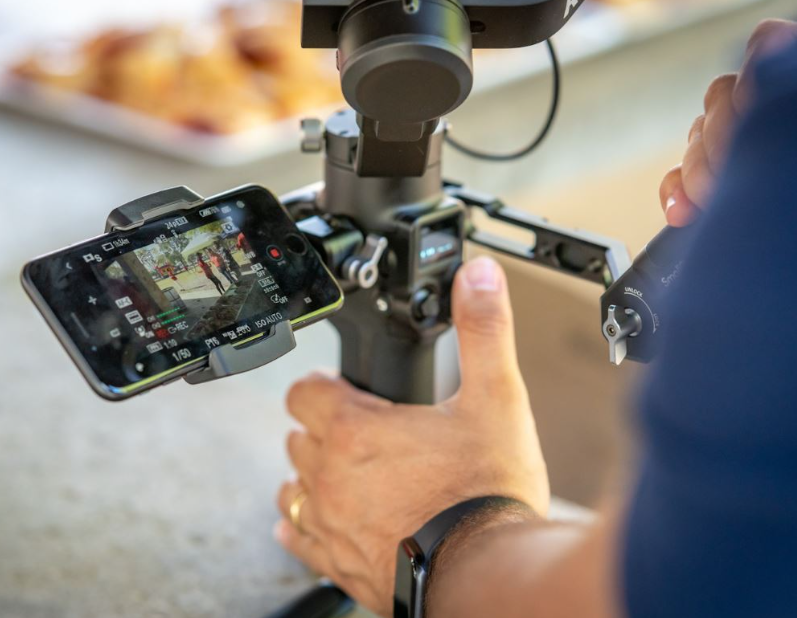Video capturing in multimedia refers to the process of recording or capturing video footage from various sources, such as cameras, webcams, camcorders, or screen recordings, and then digitizing and storing it in a digital format for playback or further processing. This captured video can be used for various purposes, including video production, video conferencing, live streaming, video surveillance, and more.
The video capturing process typically involves the following steps:
- Acquisition: This is the initial step where the video source, such as a camera or screen, captures the visual information as a series of images (frames) per second. Cameras and camcorders capture real-world scenes, while screen recording software captures what is displayed on a computer or device screen.
- Analog to Digital Conversion: In many cases, the captured video is in analog format, which needs to be converted into a digital format. This is typically done by an analog-to-digital converter (ADC) to represent the video as a series of digital values.
- Compression: Video files can be quite large, so they are often compressed to reduce their size for storage or transmission. Common video compression formats include H.264, H.265, and VP9.
- Storage: The captured and compressed video data is stored in digital files on a storage medium such as a hard drive or cloud server. These files can then be accessed and played back as needed.
- Editing and Processing: Once the video is captured and stored, it can be edited and processed using video editing software. This can involve cutting and arranging clips, adding effects, adjusting colors, and more.
- Playback and Distribution: After editing and processing, the video can be played back on various devices, shared online, broadcast on television, or distributed in other ways to reach its intended audience.
Video capturing is a fundamental component of multimedia content creation and consumption, enabling the creation of movies, television shows, online videos, video games, and many other forms of visual content. It plays a crucial role in both personal and professional contexts, from home videos to professional filmmaking and broadcasting.
You would also like to read: Difference Between E commerce and E Business.

